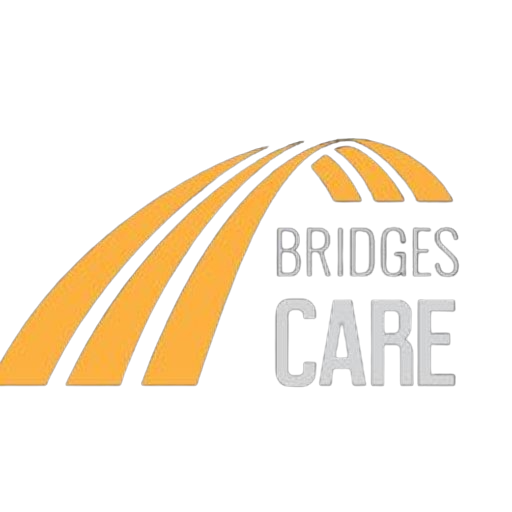Cerebral Palsy: Understanding and Managing a Complex Condition
Introduction
Cerebral palsy is a neurological disorder that affects muscle tone, movement, and motor skills. It occurs due to damage to the developing brain, often before or during birth, or in early childhood. This condition can have varying degrees of severity, ranging from mild to severe, and may affect one or multiple limbs.
According to the National Disability Insurance Scheme (NDIS) website, cerebral palsy is the most common physical disability in childhood. It is estimated that approximately 34,000 Australians have cerebral palsy. The NDIS is an Australian government initiative that provides support and services to individuals with disabilities, including those with cerebral palsy.
Types of Cerebral Palsy
There are several types of cerebral palsy, each characterized by different symptoms and areas of the body affected. These types include:
- Spastic Cerebral Palsy: This is the most common type, where muscle stiffness and tightness are present. It can affect one or both sides of the body and may lead to difficulty with precise movements.
- Dyskinetic Cerebral Palsy: This type is characterized by uncontrolled and involuntary movements, often involving the limbs, face, and torso. Individuals with dyskinetic cerebral palsy may experience difficulties in speaking, swallowing, and maintaining posture.
- Ataxic Cerebral Palsy: Ataxic cerebral palsy is less common and primarily affects coordination and balance. Individuals with this type may have tremors, shaky movements, and difficulty with precise motor skills.
- Mixed Cerebral Palsy: Some individuals may exhibit a combination of symptoms from different types of cerebral palsy, leading to mixed cerebral palsy.
Causes and Risk Factors
The exact cause of cerebral palsy is often unknown, but several risk factors can increase the likelihood of its occurrence. These include premature birth, low birth weight, maternal infections during pregnancy, exposure to toxins or infections early in life, and certain genetic factors.
According to the NDIS, cerebral palsy can occur due to a variety of factors, including brain injury, infections, and genetic conditions. However, in many cases, the cause remains unidentified.
Recognizing the Symptoms
Early recognition of cerebral palsy is crucial for prompt intervention and support. The signs and symptoms may vary depending on the type and severity of the condition. Common indicators include:
- Delays in reaching developmental milestones (such as rolling over, sitting up, crawling, or walking)
- Abnormal muscle tone (too stiff or too floppy)
- Difficulty with motor skills
- Involuntary movements
- Challenges with coordination and balance
- Speech and language difficulties
If you suspect your child or a loved one may be showing any of these symptoms, it is important to consult with a healthcare professional for a comprehensive evaluation and diagnosis.
Treatment and Management
While there is no cure for cerebral palsy, various treatments and interventions can help manage the condition and improve quality of life. The primary focus is on enhancing mobility, minimizing pain, promoting independence, and providing support to individuals and their families. Here are some common approaches:
- Physical Therapy: Physical therapy plays a crucial role in improving muscle strength, flexibility, and overall mobility. It includes exercises, stretches, and techniques tailored to each individual’s needs.
- Occupational Therapy: Occupational therapy aims to enhance daily living skills, fine motor skills, and coordination. It may involve activities such as self-care tasks, handwriting practice, and assistive technology.
- Speech and Language Therapy: For individuals with speech and language difficulties, speech therapy can be highly beneficial. Therapists work on improving communication skills, articulation, and language development.
- Assistive Devices: Depending on individual needs, assistive devices such as wheelchairs, walkers, braces, or communication aids may be recommended to enhance independence and mobility.
- Medications: Medications can help manage associated symptoms, such as muscle spasms, seizures, or pain. A healthcare professional will determine the appropriate medications based on individual requirements.
- Emotional Support and Counseling: Living with cerebral palsy can present emotional challenges. Accessing support groups, and counseling services, and connecting with other individuals and families facing similar experiences can provide valuable emotional support.
Conclusion
Cerebral palsy is a complex condition that requires understanding, compassion, and a comprehensive approach to management. By recognizing the symptoms, seeking early intervention, and accessing appropriate therapies, individuals with cerebral palsy can live fulfilling lives and reach their full potential.
References:
- National Disability Insurance Scheme (NDIS). (n.d.). Cerebral Palsy. Retrieved from https://www.ndis.gov.au/disability-supports/what-are-ndis-funded-supports/assistive-technology-help-and-support-for-people-with-disability/cerebral-palsy
Contact Us
Let's Bridge your NDIS plan and goals with the right service.
1/22 Sedgwick Street,
Smeaton Grange NSW 2567
1800 964 924
